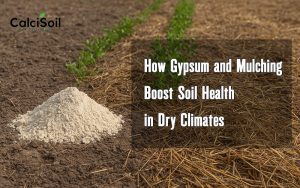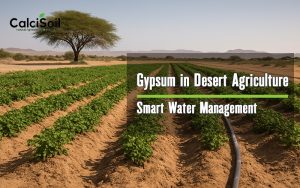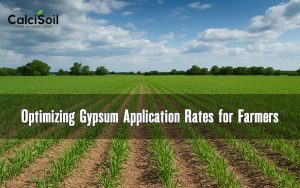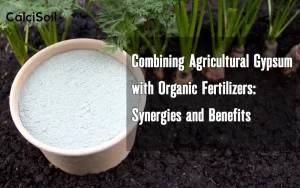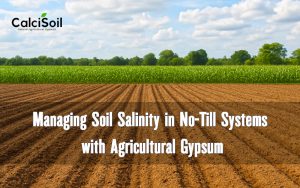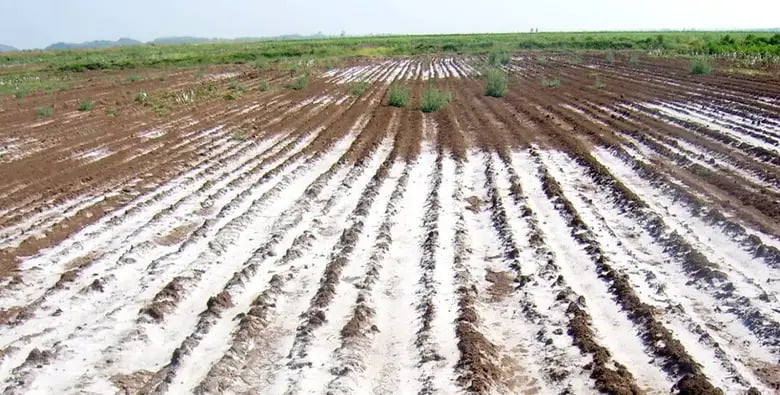
Sodium soils modification
According to the definition of the American Salinity Laboratory (1954), sodium soil is soil whose percentage of exchangeable sodium (ESP) is greater than 15%. But in a study by Norscott and Chisen (1972), the researchers showed that if the soil ESP was greater than 6, it would affect the physical properties of the soil. McLentir (1979) also stated that permeability in ESP is significantly reduced by more than 5%. For this reason, in Australia, soils with an ESP greater than 6% are classified as sodium soils and need to be modified with gypsum.
Zuka and Penn (2017) set the threshold in the definition of sodium soils as ESP> 6. ESP> 6 is abundant in soils of arid, semi-arid and even humid regions, the researchers said. Therefore, soils that are prone to gypsum due to high ESP are much more than previously thought. Gypsum is one of the most important modifiers of sodium soils. Calcium in gypsum is the best source of calcium in sodium soils (Caro and Duncan 2011).
Disadvantages of using other calcium sources
If other sources of calcium are used, the rapid dissolution of these compounds causes a rapid increase in soil salinity, which is beyond the tolerance of plants (Idmir and Carpenter 2005). When other sources of calcium, such as lime, are used in place of gypsum, the rapid dissolution of these compounds can lead to an increase in soil pH and the buildup of salts in the soil. This can create a harsh growing environment for plants and may reduce the availability of other important nutrients in the soil.
Gypsum, on the other hand, dissolves slowly in water and releases calcium ions over a longer period of time. This slow release of calcium can help to prevent the buildup of salts in the soil and maintain a more neutral soil pH. Additionally, gypsum has been shown to improve soil structure and water infiltration, which can further benefit plant growth.
In sodium soils, after the addition of gypsum, the calcium in gypsum is replaced by the exchangeable sodium of the soil and sodium enters the solution phase. In this case, with a heavy irrigation, sodium can be transported from soil solution to lower depths. In soils with high levels of exchangeable sodium, the addition of gypsum can lead to displacement of calcium ions by sodium ions, which can increase the concentration of sodium in the soil solution. This process is known as “sodium hazard” or “sodicity” and can lead to a number of negative impacts on soil and plant health.
When the sodium replaces calcium in the soil, it can cause soil particles to disperse and lead to increased soil compaction and reduced soil permeability. This can reduce water infiltration and increase the risk of soil erosion. Additionally, high levels of sodium in the soil can be toxic to the plants and can reduce the availability of other important nutrients.


